Glaumbær Turf Houses
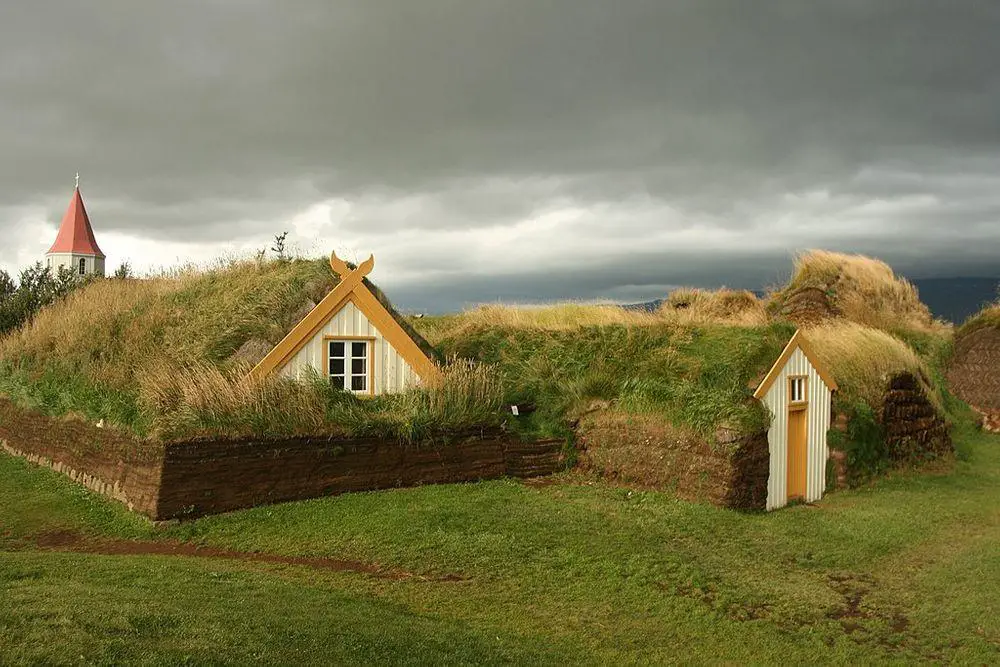
One of the best representatives of traditional Icelandic turf houses – a group of carefully restored turf houses in Skagafjordur Folk Museum. The site has been inhabited since the 11th century but the oldest turf houses were built in the middle of the 18th century. There are many more examples around Iceland – such as Hólar turf houses (Norðurland vestra).
Bessastaðir
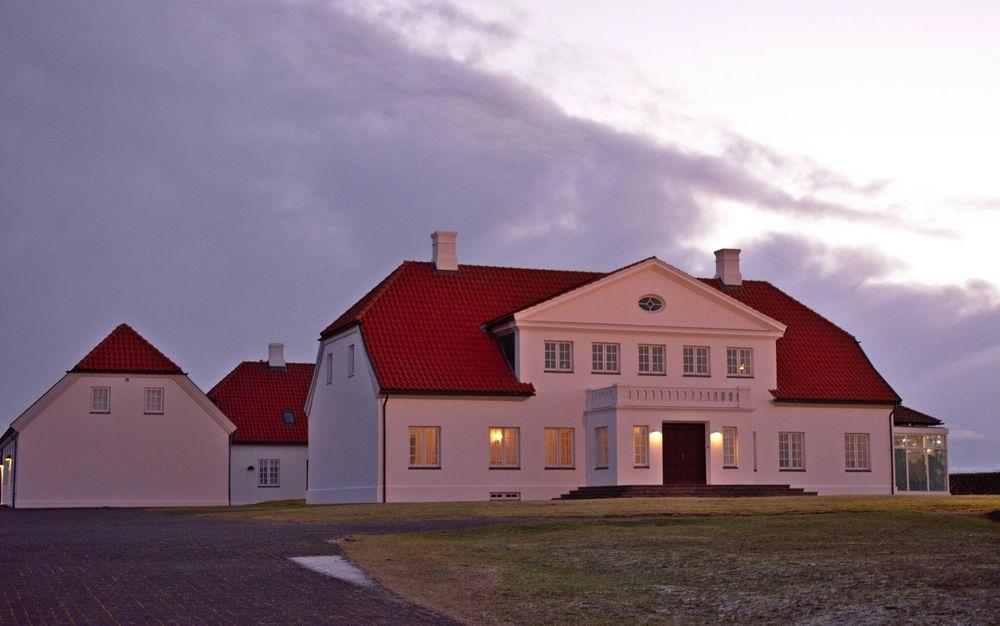
Historical manor house, built in the site of royal stronghold. Since 1944 – residence of the President of Iceland.
Hóladómkirkja
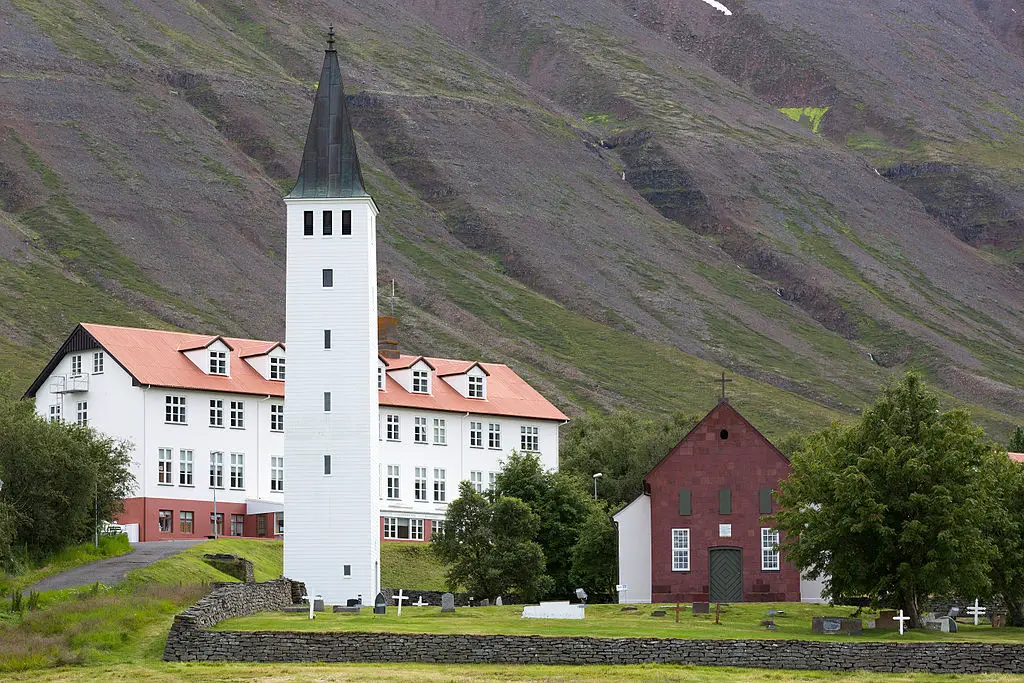
The largest traditional stone church in Iceland, built in 1763.
Hallgrímskirkja
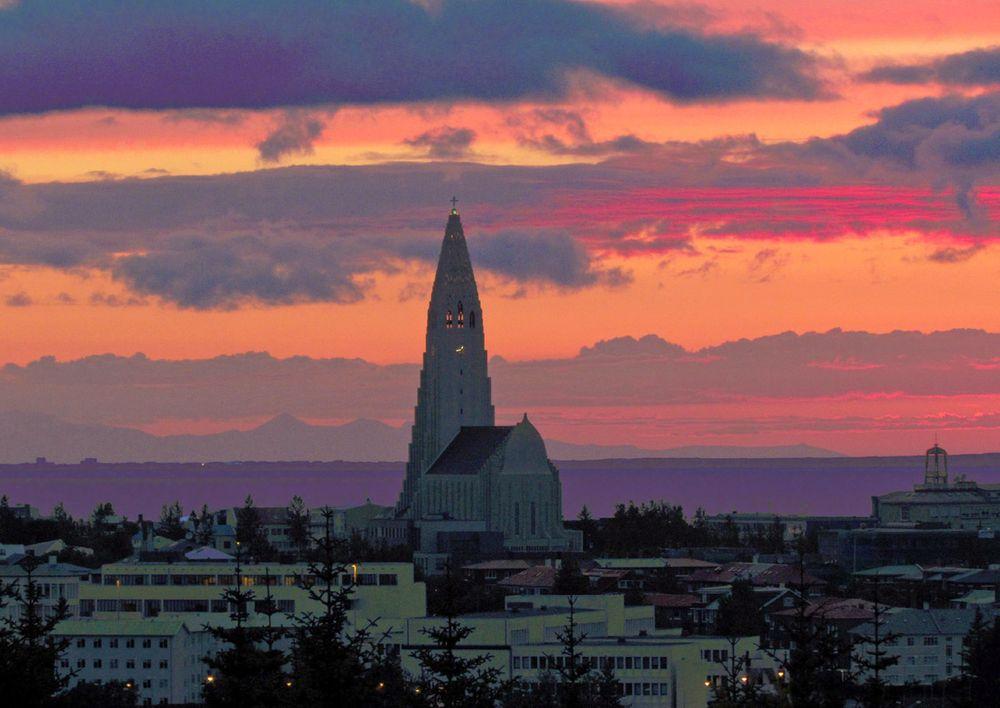
The best known monument of architecture in Reykjavík – an impressive, 74.5 m tall church, designed in Art Deco style. Constructed in 1945 – 1986.
Lagarfljót
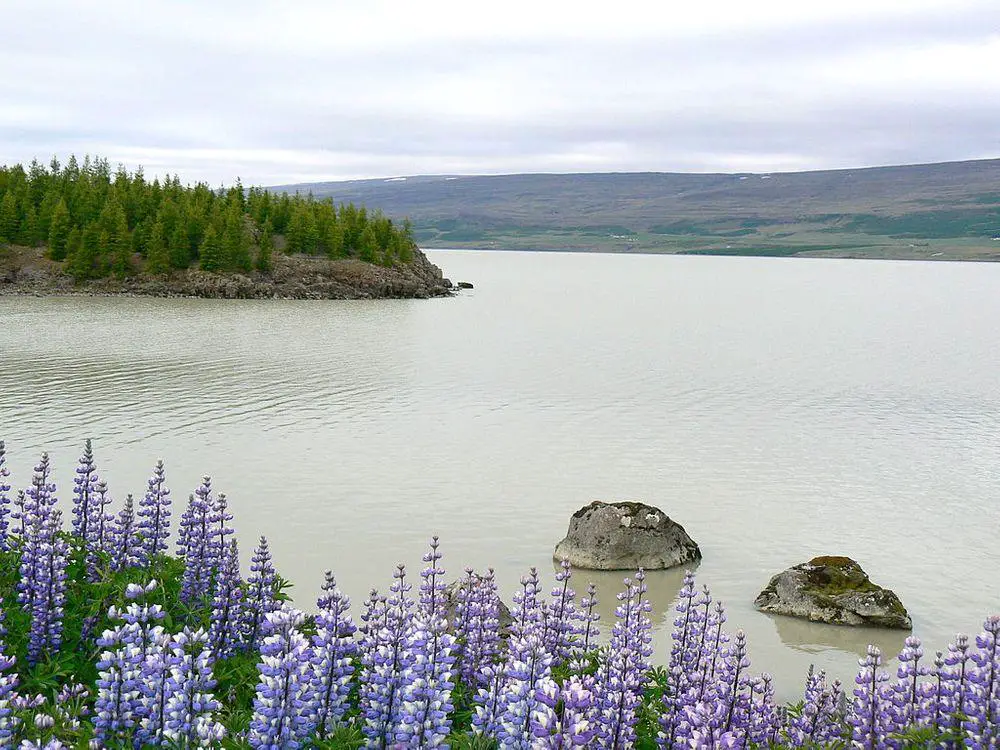
This large lake, according to legends, has a monster – Lagarfljotsormurinn (Lagarfljot Worm) – living in it.
Jökulsárlón
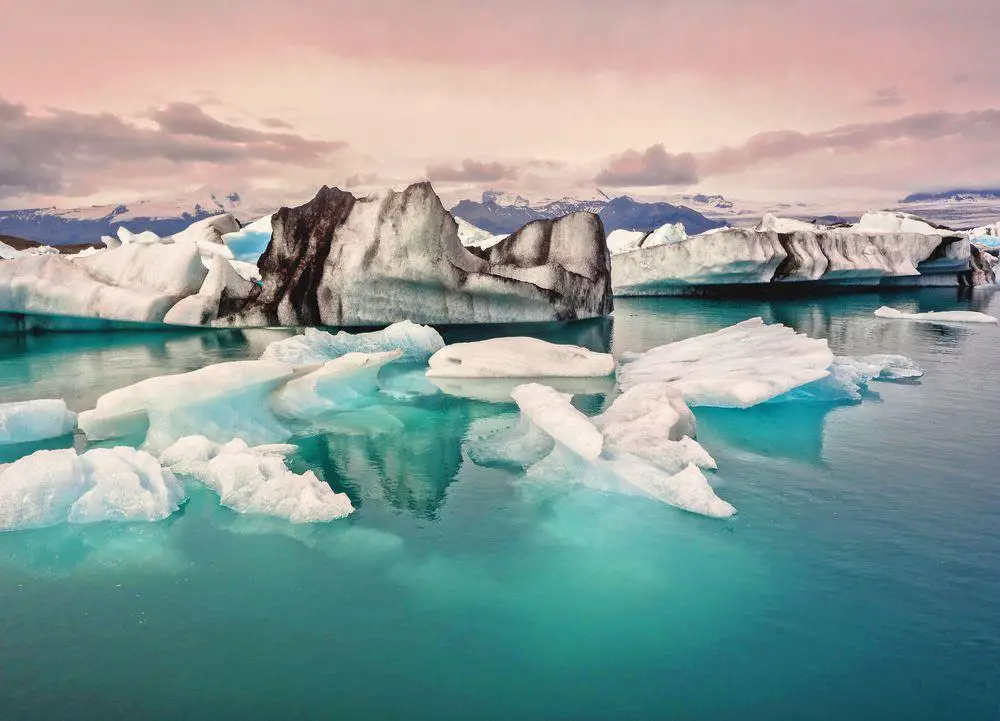
Glacier lagoon between Vatnajökull glacier and ocean. Lake is adorned with numerous floating icebergs. Here have been spotted even seals.
Látrabjarg
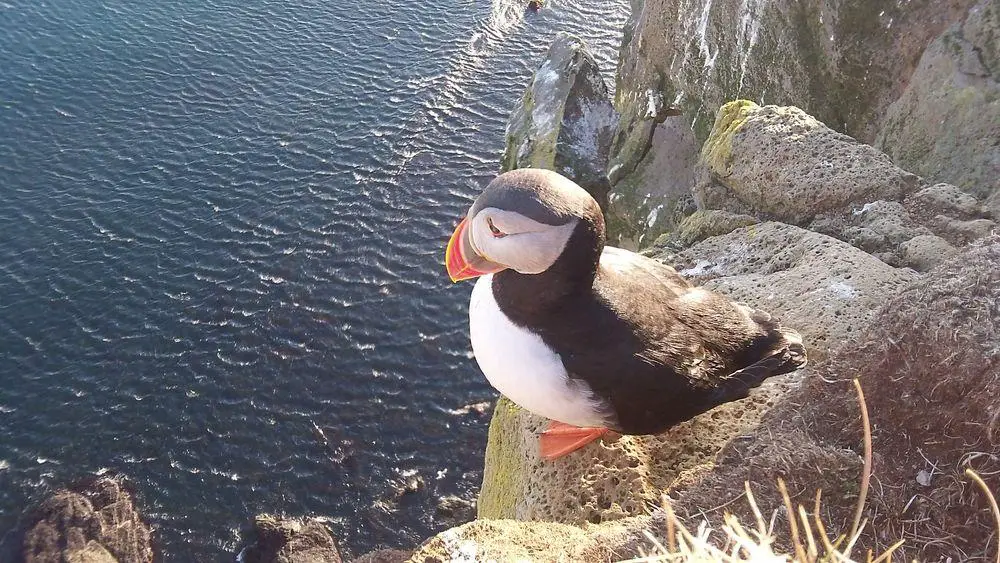
Largest bird cliff in Europe, 14 km long and up to 441 m high. Hosts millions of birds including 230,000 razorbills (Alca torda) – 40% of world’s population.
Midges of Mývatn

In some years in summer there is observed massive increase of the population of midge Tanytarsus gracilentus. These algae consuming insects are rising from the lake in giant, dark swarms and after the end of their short life cover the lake like a blanket. These insects do not bite.
Lake balls of Mývatn
One of the few places in the world (others are in Japan and Ukraine) where form whole colonies of marimo – more than 10 cm large balls formed by green algae Aegagropila linnaei. These balls are soft, pleasant, up to 12 cm in diameter. These algae almost died out and now are slowly recovering.
Hallormsstaðarskógur
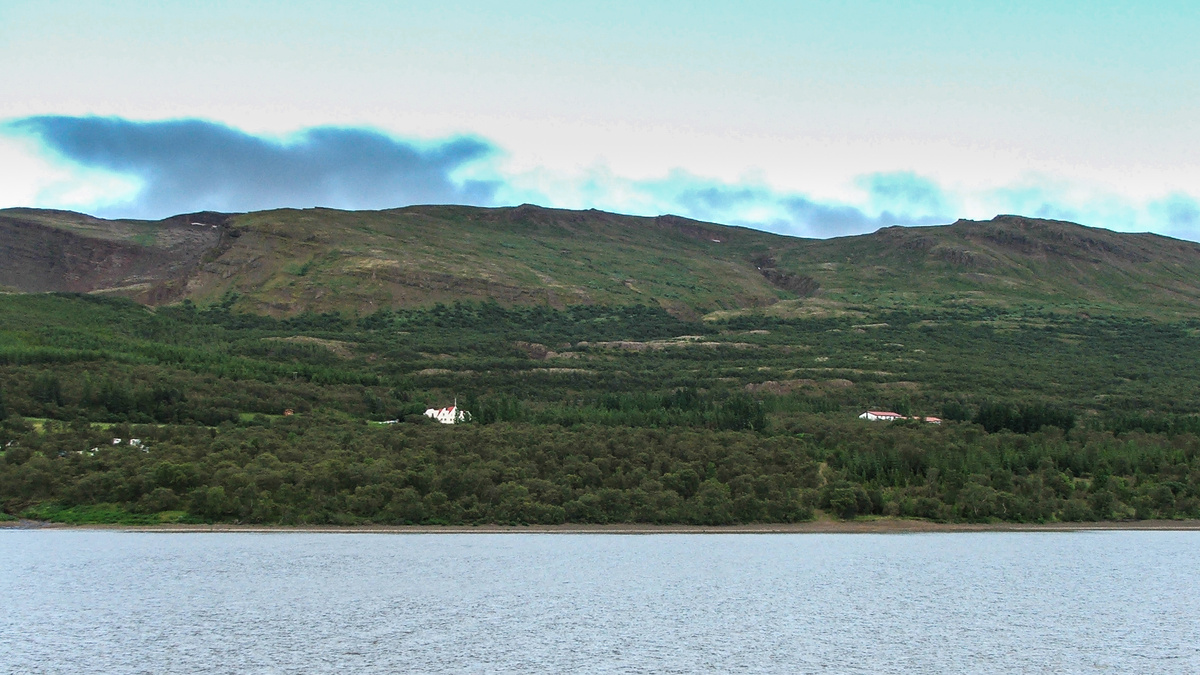
The largest forest in Iceland, planted for more than 100 years. More than 50 species of trees are planted here.
